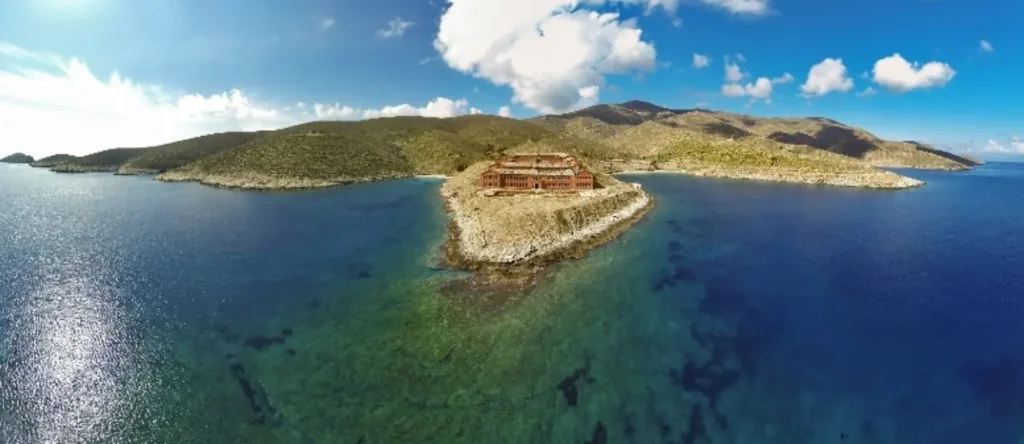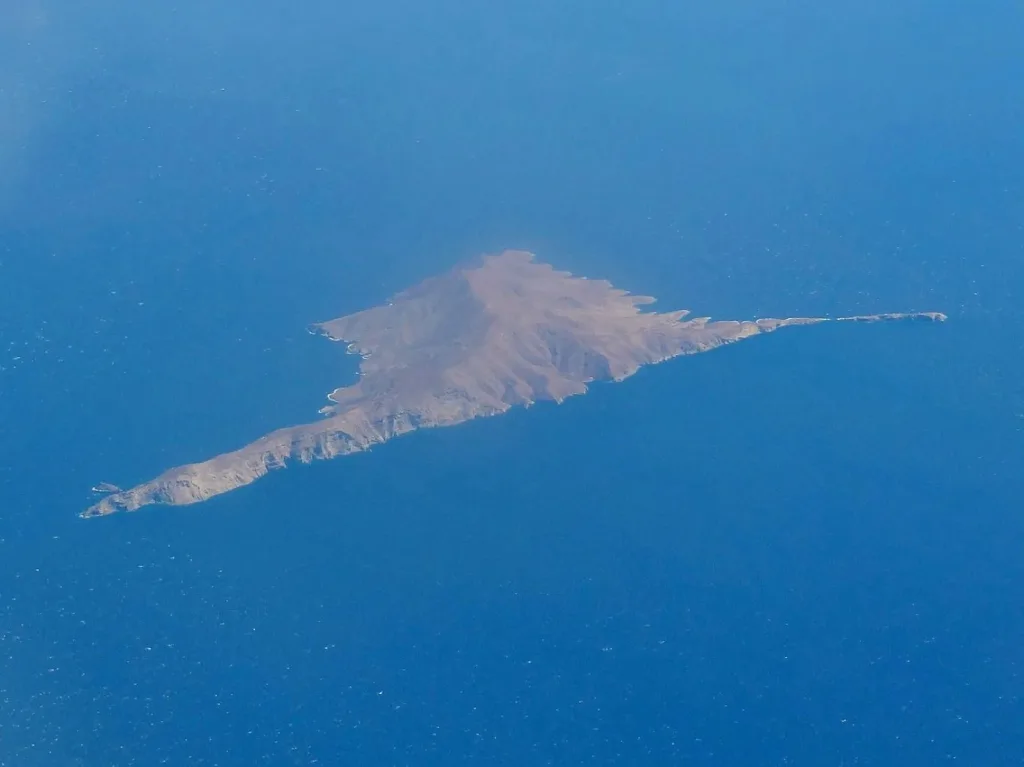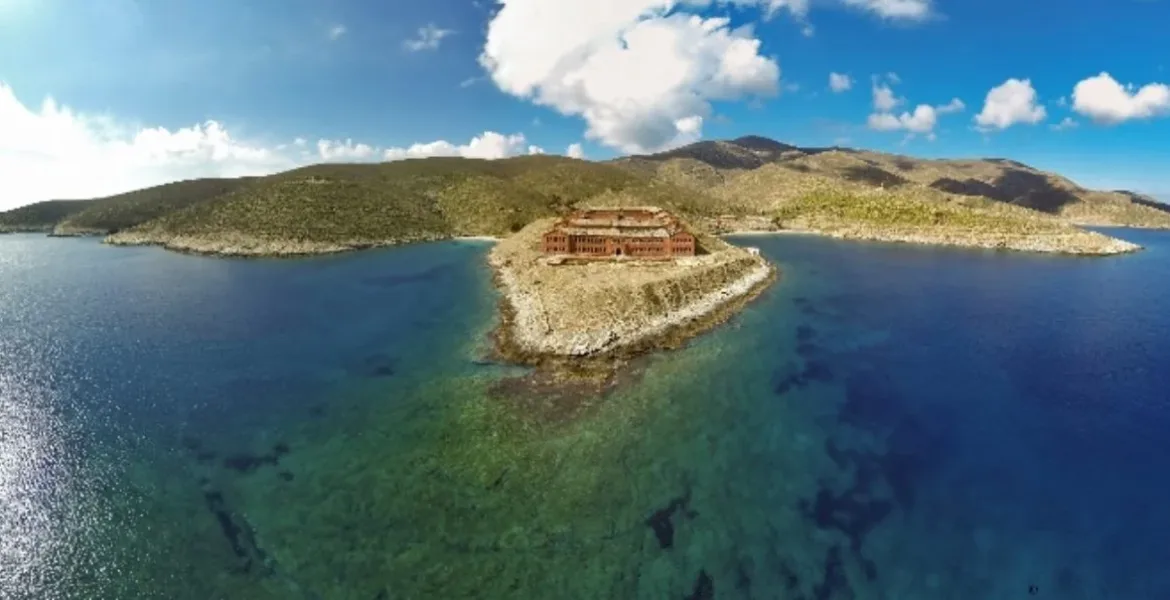Gyaros, once dubbed the "Island of the Devil," has undergone a remarkable transformation from its haunting past as a place of exile and torture during the military dictatorship. Situated in the northern Cyclades, this arid and uninhabited Greek island is now evolving into an oasis of life.
The World Wide Fund for Nature (WWF) Hellas spearheaded an initiative over a decade ago to rescue this forgotten island and safeguard its natural treasures. The absence of specific regulations addressing destructive human activities, such as trawler fishing and vessel anchoring, posed significant threats to coral formations and the Posidonia meadows beneath the sea.
Demetres Karavellas, CEO of WWF Hellas, emphasized the unique nature of Gyaros and the organization's mission with the "Cyclades Life" initiative. Once a grim symbol of exile and death, the island is now envisioned as a symbol of life and hope.

Gyaros has a dark history dating back to the Civil War (1946-49), where it served as a place of exile for dissidents, including communists. Even during the dictatorship (1967-1974), Gyaros continued to be a site of political imprisonment, with women, including pregnant ones, among the detainees. The island's conditions were likened to a concentration camp, and its history exposed lies and human rights abuses.
However, today, Gyaros is in the process of becoming a protected ecological area and a haven for diving enthusiasts. Designated as a restricted area and included in the Natura 2000 in 2011, the island has become a marine protected area in the Cyclades, as established by the Ministry of Energy in the summer of 2019.

Gyaros boasts a thriving ecosystem, with Mediterranean monk seals nurturing their young on its beaches, seabirds nesting in burrows, and diverse marine life, including the impressive monachus monk seal. The uninhabited status of the island for decades has allowed nature to reclaim its space undisturbed.
The ultimate goal is to open Gyaros to visitors while preserving its historical character and natural beauty. However, challenges arise due to unclear legal frameworks, with the island declared a historic monument in 2001, prohibiting any building activity. Despite these complexities, there is encouraging support from local communities in neighbouring islands for sustainable and mild tourist development on Gyaros.


